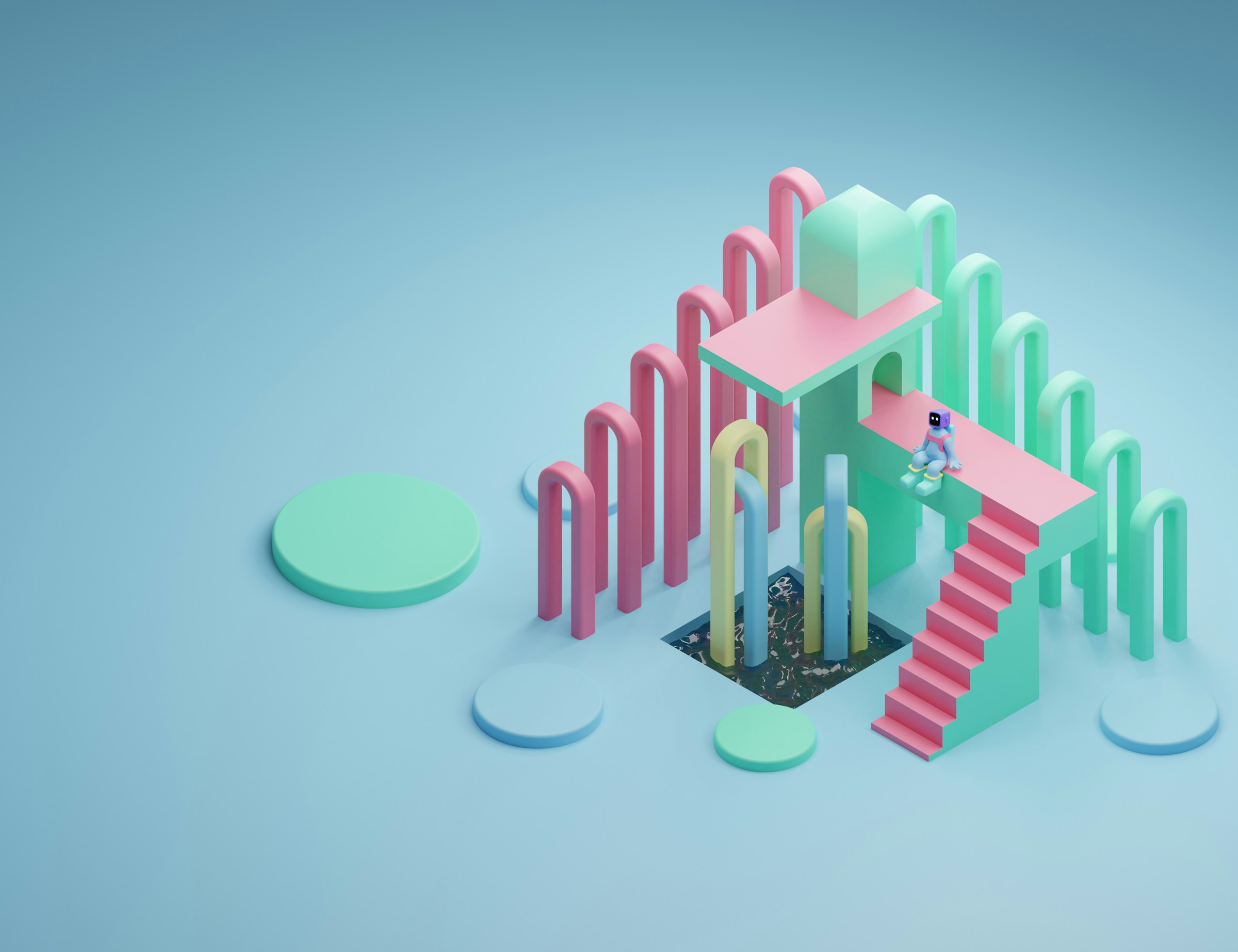
- Moomal
- May 31, 2025
- No Comments
We live in a time where technology is evolving faster than ever. As a graphic designer, I’ve seen a major shift — and AI is right at the center of it. Whether it’s creating logos in minutes or generating artwork from a few words, AI is changing the design game.
But here’s the thing: Is it all good? Or is there a hidden cost?
In this blog, I’m sharing the real pros and cons of using AI in graphic design — based on experience, conversations, and a lot of late-night design sessions with coffee.
The Pros – Why Designers Are Loving AI
1. Saves a Ton of Time
Let’s be honest — not every part of design is glamorous. Resizing, removing backgrounds, formatting… it gets tedious. AI tools like Remove.bg or Canva’s Magic Resize can do all that in seconds.
More time for creativity, less time clicking a thousand buttons.
2. Great for Brainstorming
Ever had designer’s block? (We all have.)
AI tools like Adobe Firefly or DALL·E are great for generating quick ideas. Type a few words, and BOOM — you’ve got a visual concept to start with.
It’s like having an always-ready assistant who never gets tired.
3. Accessible for Non-Designers
Not everyone has Photoshop skills — and that’s okay. AI is making design more accessible. Small business owners, students, even hobbyists can now create decent graphics using tools like Fotor or Looka.
No need to hire a pro for every little poster or ad.
4. Massive Productivity Boost
With AI, one person can now do the work of an entire design team. Need 50 ad banners in different sizes? AI’s got your back.
This is huge for freelancers or startups running on tight budgets.
The Cons – What You Need to Watch Out For
1. It Lacks Human Emotion
AI can make something look beautiful, but it doesn’t feel anything. It doesn’t understand your brand story, your client’s vision, or the culture behind a color choice.
Design isn’t just visual — it’s emotional. That’s where humans still shine.
2. Too Much Dependence Can Kill Creativity
Let’s be real — the more we rely on AI to “think” for us, the more our own creativity can suffer. If we stop sketching, experimenting, or imagining… what happens to the human touch?
AI is a tool, not a replacement for your creative brain.
3. Originality? Not Always
AI is trained on existing designs and art. That means it may “borrow” ideas from somewhere else — and that raises some red flags. You might accidentally create something that’s too close to someone else’s work.
Copyright issues are real. Always review AI-generated work carefully.
4. It Can’t Fully Understand the Client
If you’re a designer working with clients, you know how important it is to listen, understand their brand, and translate that into visuals. AI can’t do that. It doesn’t “get” nuance or complex feedback.
Clients need empathy. That’s something only humans offer.
So… Should You Use AI in Design?
Absolutely — but use it wisely.
Think of AI as your sidekick. Let it handle the boring stuff, spark your ideas, and help you deliver faster. But don’t let it replace your creativity, your instincts, or your personal style.
The best designs come from human imagination, not just smart algorithms.
Final Thoughts
AI is powerful, no doubt. But like every tool, it’s how you use it that makes the difference. Let it support your work — not define it.
So next time you open an AI tool, remember:
You are the designer. AI is just your assistant.